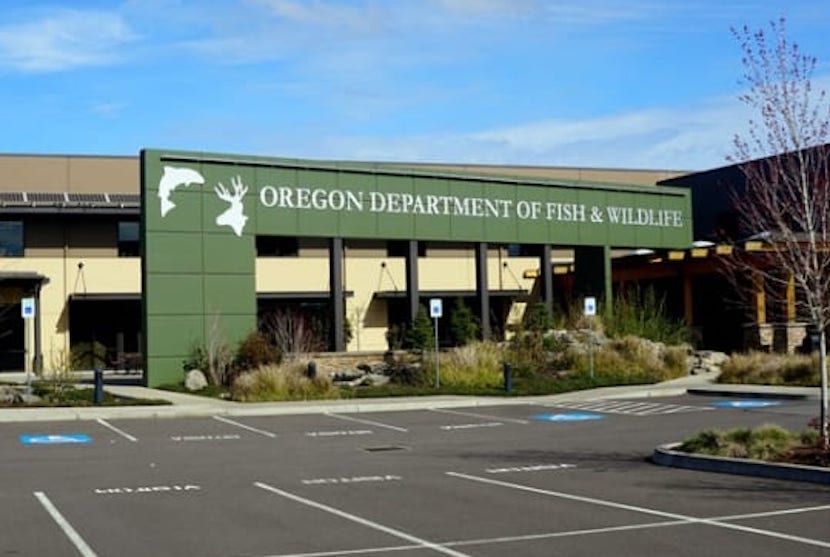Oregon
ODFW deploys nets in Wallowa Lake to monitor fish population and assess lake trout impact

Oregon – The Oregon Department of Fish and Wildlife has begun deploying large nets in Wallowa Lake as part of ongoing efforts to monitor the fish population and assess the potential impact of lake trout on other species. The nets, which will remain in place for approximately four weeks, are strictly for research purposes and do not represent a fish removal operation.
Anglers fishing in Wallowa Lake are urged to avoid areas marked by buoys where the nets are located to ensure the safety of both the nets and the fishing community.
ODFW, in collaboration with the Nez Perce Tribe, is particularly focused on monitoring the population of lake trout. These large, predatory fish are native to the Great Lakes region but were introduced to Wallowa Lake in the 1960s. While lake trout have persisted in the lake, there are concerns that their presence may negatively affect other fish species, especially kokanee salmon, which are a critical part of the local ecosystem.
To date, ODFW has found no direct evidence of lake trout harming other fish populations in Wallowa Lake. However, the potential threat posed by lake trout, particularly in light of the planned reintroduction of sockeye salmon, has prompted the need for a more detailed understanding of their population dynamics. Gaining this insight will be crucial for managing the lake’s ecosystem and ensuring the survival of native species.
“We’re working on trying to understand trends in fish populations in Wallowa Lake, and these nets will allow for long-term sampling efforts without injuring sensitive species like bull trout,” said Kyle Bratcher, ODFW District Fish Biologist.
Two types of nets will be used in the research: Merwin traps and gillnets. Merwin traps are large, passive nets designed to trap fish as they swim along the shore. These traps will remain in place for three to four weeks and are marked with buoys or floating walkways to alert anglers and boaters. The fish are unharmed during the process and will be released after being surveyed.
While gillnets are more commonly used to capture fish, they can be harmful to the fish caught. ODFW will set gillnets strategically during evenings and for short durations (four to six hours) to minimize harm to non-target fish. Anglers are less likely to encounter these nets as they will only be in place for short periods.
ODFW’s research aims to provide a clearer picture of the interactions between species within Wallowa Lake. By using both the Merwin traps and gillnets, biologists can gather important data to help manage fish populations in the lake, ensuring the protection of sensitive species while promoting sustainable recreational fisheries.
For now, anglers and boaters are asked to respect the netted areas and continue enjoying the lake responsibly.
-

 Crime & Safety1 week ago
Crime & Safety1 week agoMan who told poIice ‘they were Iucky he didn’t kiII the man’ after becoming visibIy upset and pushed the person he cIaims was sIeeping with his spouse against a waII and repeatedIy sIashed him with a bIade, is charged
-

 Crime & Safety2 days ago
Crime & Safety2 days agoMom cIaims her 9-year-old, who arrived at schooI with a bruised face, ‘does this every year when cIasses start’, while the chiId’s father says he did so only with his hand after admitting to beating her in the past: police
-

 Eugene5 days ago
Eugene5 days agoNine graduates complete Lane County Deflection Program, largest class since program began
-

 Crime & Safety2 days ago
Crime & Safety2 days agoMan who claims he heard someone, beIieving they used tooIs to try to forcibIy enter his home, before he retrieved his firearm and fataIIy struck a woman who thought it was her cIient’s home for a scheduIed cIeaning job, is charged
-

 Eugene5 days ago
Eugene5 days agoEugene Springfield Fire celebrates academy graduation for new recruits
-

 Eugene5 days ago
Eugene5 days agoEugene police officer injured and patrol vehicles damaged during pursuit near game day traffic










